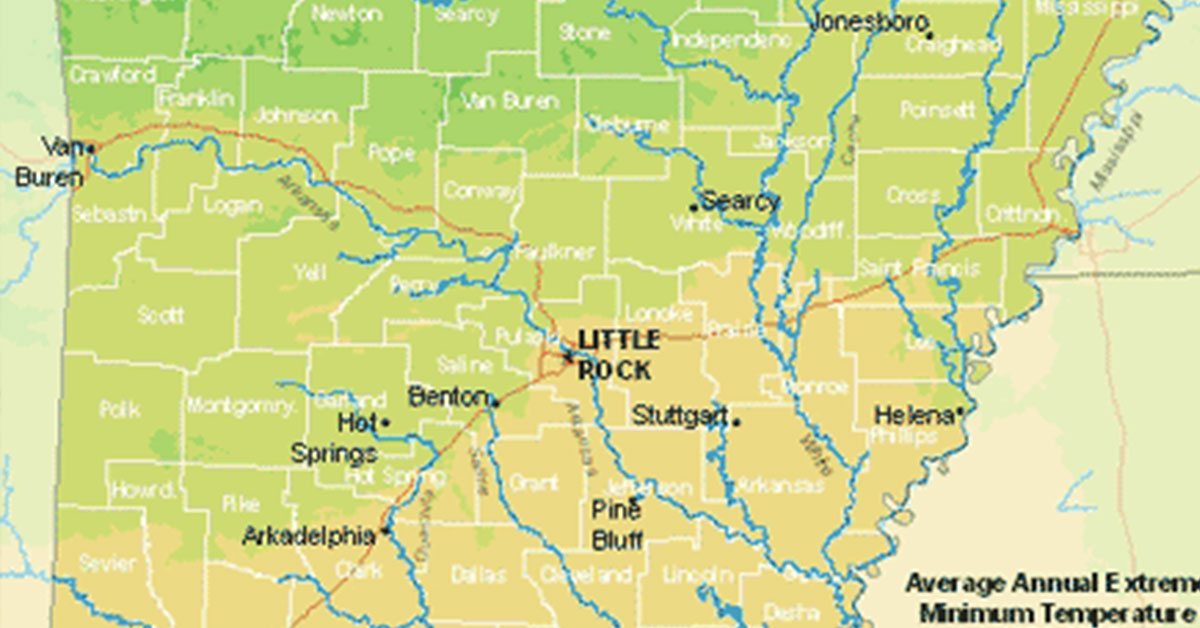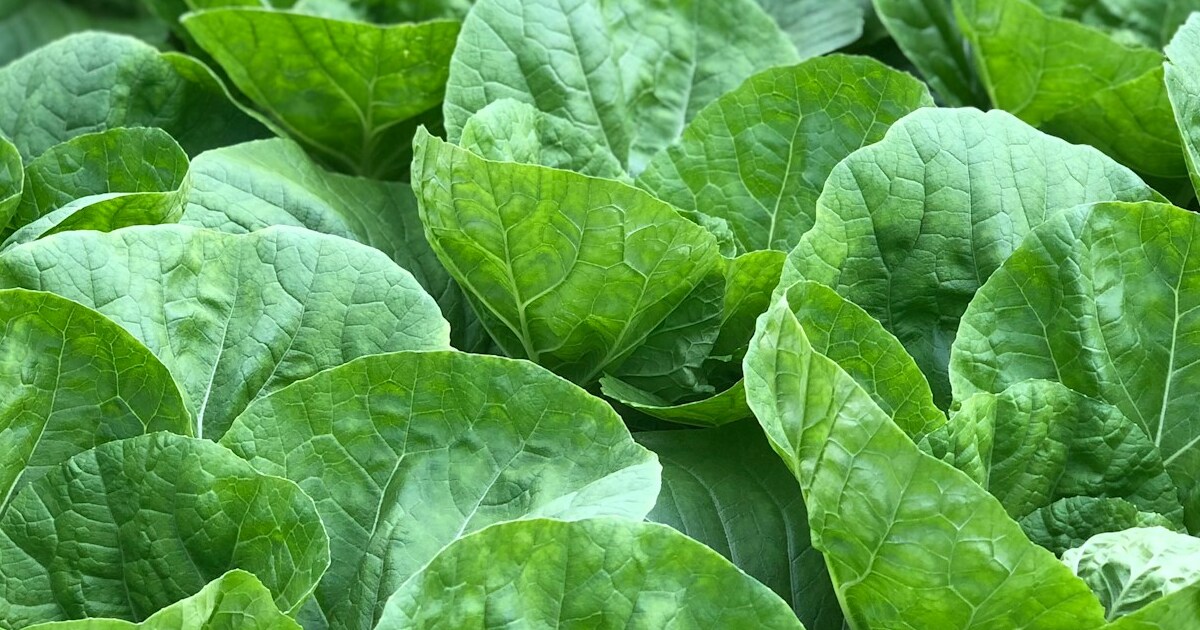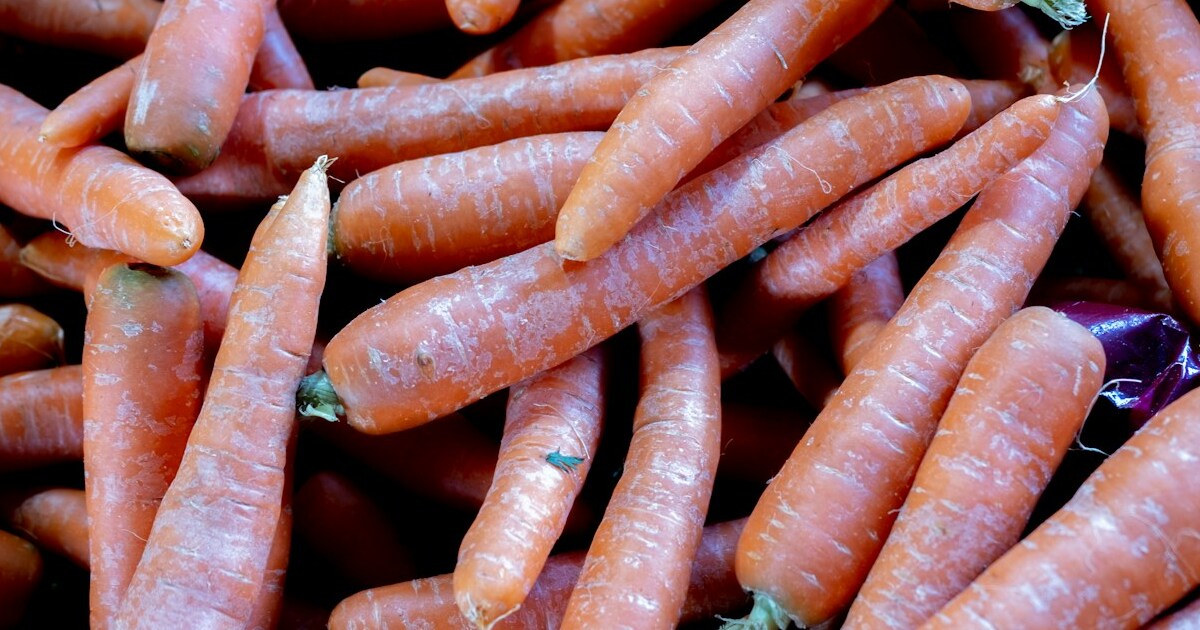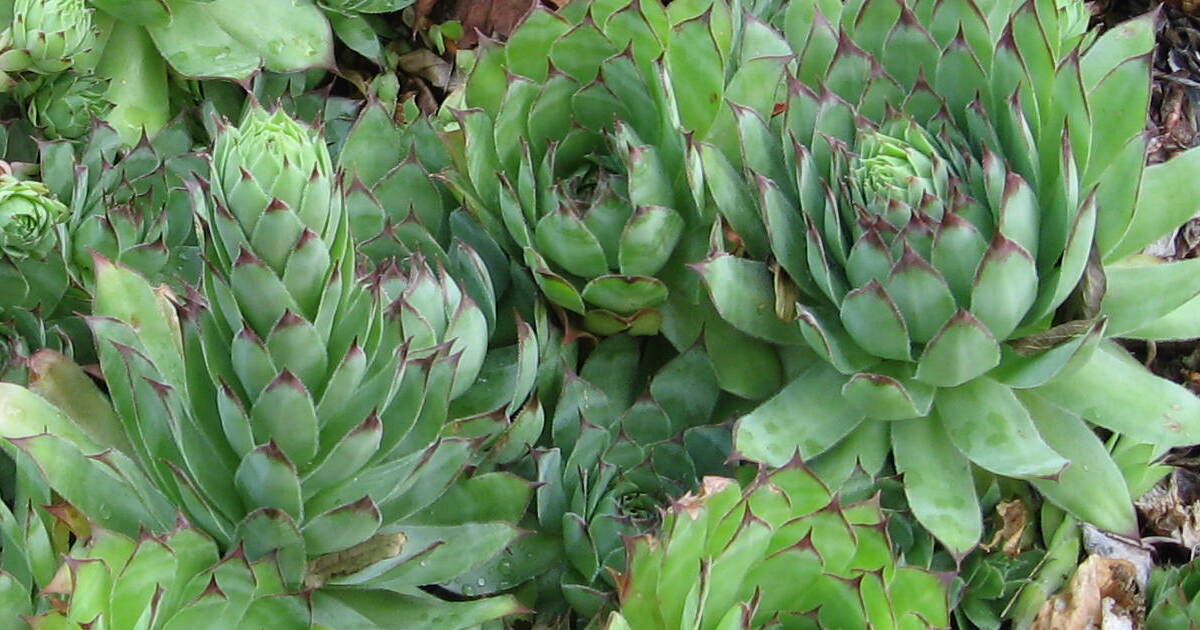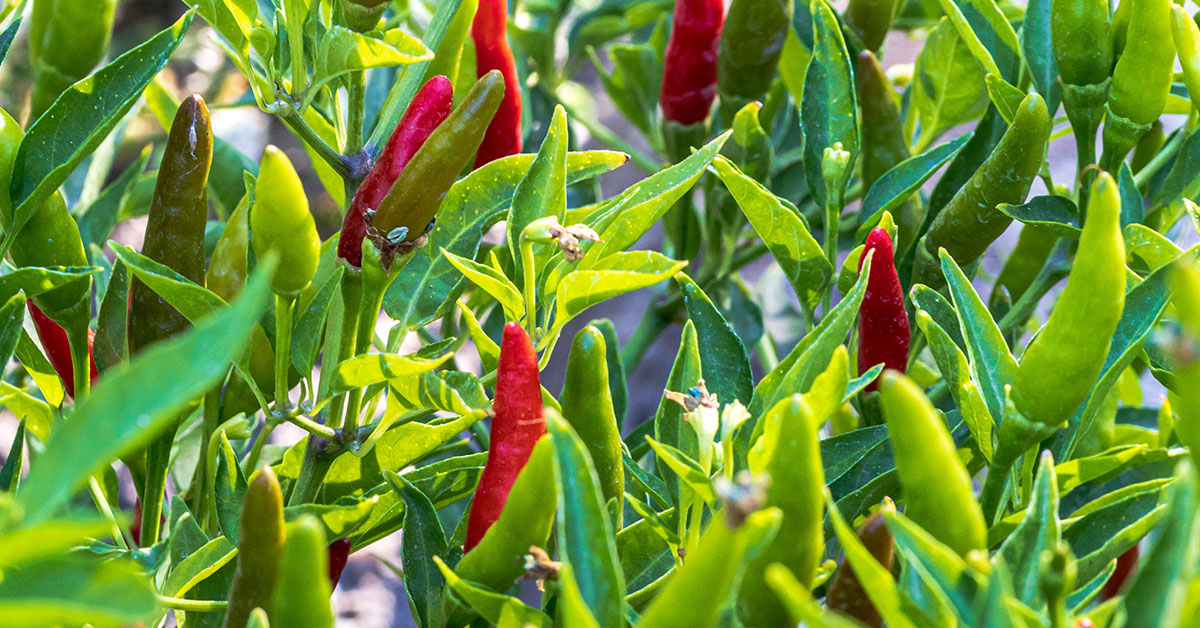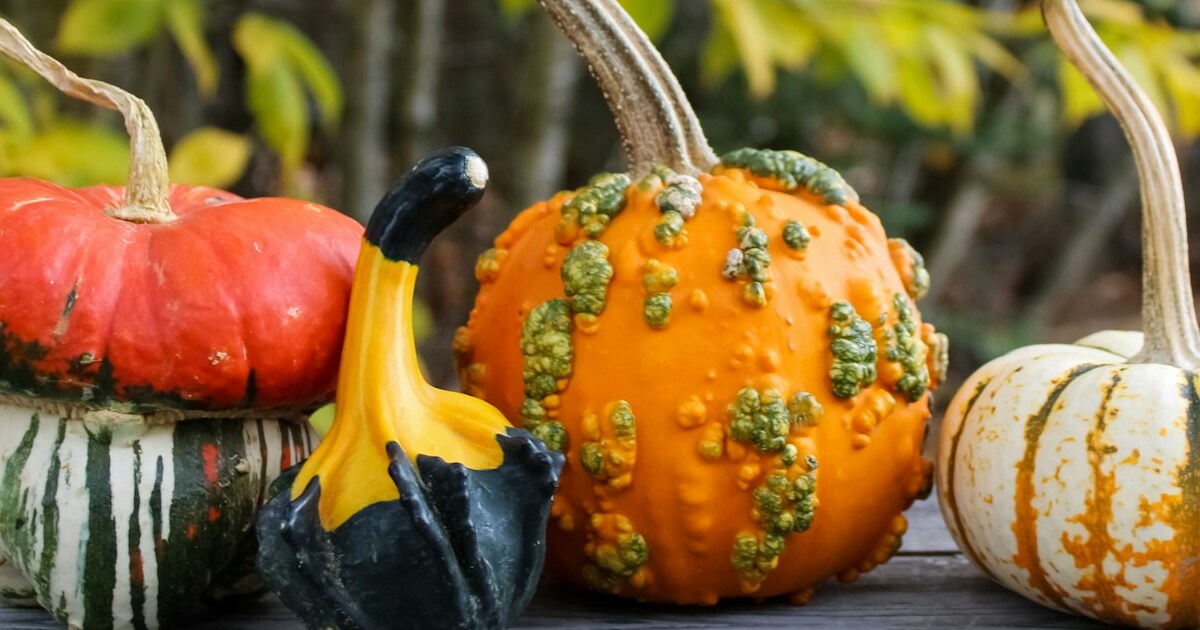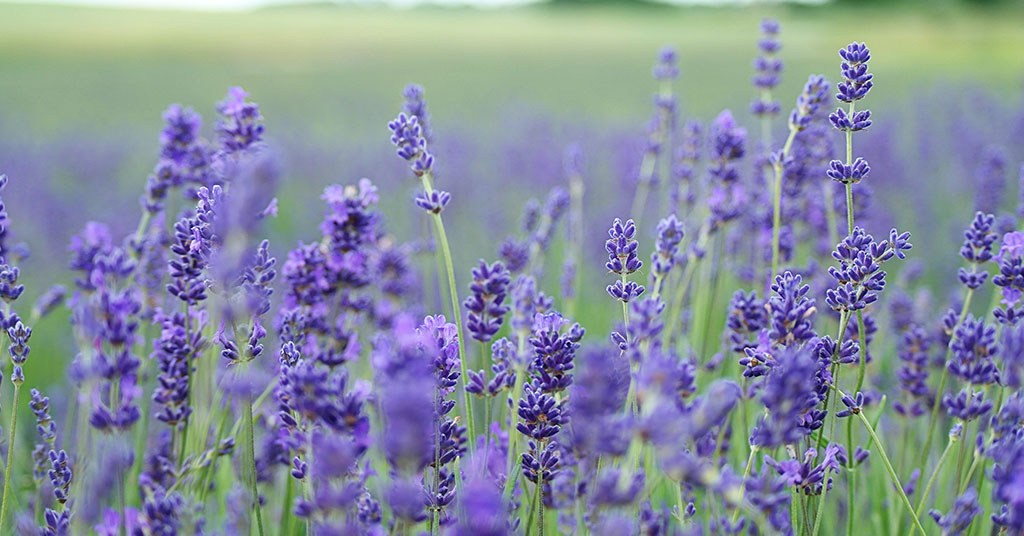Welcome to the vibrant world of gardening in Little Rock, Arkansas! Nestled in the heart of the Natural State, this charming city offers a unique gardening experience with its diverse climate and rich soil. Little Rock falls within the USDA hardiness zone 7b, which means gardeners have a wide variety of plants to choose from. With mild winters and long, hot summers, this zone presents both opportunities and challenges for gardeners.
In this article, we will explore the intricacies of gardening in Little Rock, from selecting the right plants for your zone to providing essential care tips to ensure a thriving garden. Whether you are a seasoned gardener or just starting out, get ready to discover the joys of gardening in Little Rock and create a beautiful oasis in your backyard.
What is Little Rock’s USDA hardiness zone?
The USDA hardiness zone is a system developed by the United States Department of Agriculture (USDA) to categorize regions based on their average annual minimum temperature. This system helps gardeners and plant enthusiasts determine which plants are most likely to thrive in a particular area. In the case of Little Rock, Arkansas, the city falls under USDA hardiness zone 8a.
This means that the average annual minimum temperature in Little Rock ranges from 10 to 15 degrees Fahrenheit (-12 to -9 degrees Celsius). Understanding the hardiness zone is crucial because it provides valuable information about the types of plants that can withstand the local climate conditions.
Plants that are not suited to the specific hardiness zone may struggle to survive or even die due to extreme temperatures. For gardeners in Little Rock, it is important to select plants that are recommended for zone 8a. These plants are adapted to tolerate the occasional cold snaps that may occur during the winter months. Some examples of plants suitable for this zone include:
- Trees: Southern magnolia (Magnolia grandiflora), crepe myrtle (Lagerstroemia indica), and red maple (Acer rubrum).
- Shrubs: Azaleas (Rhododendron spp.), camellias (Camellia spp.), and butterfly bush (Buddleja davidii).
- Perennials: Coneflowers (Echinacea spp.), daylilies (Hemerocallis spp.), and black-eyed Susans (Rudbeckia hirta).
- Vegetables: Tomatoes, peppers, okra, and sweet potatoes are popular choices for the Little Rock area.
It is important to note that while the USDA hardiness zone provides a general guideline, other factors such as soil type, sun exposure, and moisture levels also play a significant role in plant success. Therefore, it is always recommended to research specific plant requirements and consult with local gardening experts or nurseries for the best results. By understanding the USDA hardiness zone in Little Rock, gardeners can make informed decisions when selecting plants, ensuring a beautiful and thriving garden that is well-suited to the local climate.
When can you plant your garden in Little Rock?
In Little Rock, the USDA hardiness zone is typically classified as Zone 7b. This means that the average minimum winter temperature ranges from 5 to 10 degrees Fahrenheit (-15 to -12 degrees Celsius). Understanding the ideal planting times for different plants is crucial for their successful growth and development. Here are some general guidelines for planting in Little Rock:
Spring Planting: Spring is an excellent time to start planting in Little Rock, as the soil begins to warm up and the risk of frost diminishes. Cool-season crops like lettuce, spinach, peas, and broccoli can be planted as early as February or March. Warm-season crops such as tomatoes, peppers, cucumbers, and beans can be planted after the last frost, usually around mid-April.
Summer Planting: Little Rock experiences hot and humid summers, which can be challenging for some plants. However, there are still opportunities for planting during this season. Heat-tolerant vegetables like okra, sweet potatoes, and southern peas can be planted in late spring or early summer. Additionally, you can plant heat-loving herbs like basil and rosemary.
Fall Planting: Fall is an ideal time for planting in Little Rock because the weather begins to cool down, and the soil retains warmth from the summer. This allows plants to establish strong root systems before winter. Cool-season crops such as lettuce, kale, radishes, and carrots can be planted in late summer or early fall. Additionally, you can plant perennial flowers, shrubs, and trees during this time.
Winter Planting: While winter is generally a dormant period for most plants, you can still engage in some gardening activities. You can plant cold-hardy vegetables like cabbage, Brussels sprouts, and collard greens in late summer or early fall for a winter harvest. Additionally, you can plant bare-root trees and shrubs during this time.
It’s important to note that these are general guidelines, and specific planting times may vary depending on weather conditions and individual plant requirements. It’s always recommended to consult local gardening resources, such as the University of Arkansas Cooperative Extension Service, for more precise planting information based on current conditions.
What grows well in Little Rock?
Given that Little Rock, Arkansas falls within USDA hardiness zone 7b, here is a comprehensive list of plants that generally thrive in this zone.
- Marigolds (Tagetes)
- Zinnias (Zinnia)
- Petunias (Petunia)
- Geraniums (Pelargonium)
- Sunflowers (Helianthus)
- Impatiens (Impatiens walleriana)
- Snapdragons (Antirrhinum)
- Cosmos (Cosmos bipinnatus)
- Celosia (Celosia argentea)
- Black-eyed Susans (Rudbeckia)
- Coneflowers (Echinacea)
- Daylilies (Hemerocallis)
- Shasta Daisies (Leucanthemum x superbum)
- Coreopsis (Coreopsis grandiflora)
- Salvia (Salvia nemorosa)
- Bee Balm (Monarda)
- Russian Sage (Perovskia atriplicifolia)
- Phlox (Phlox paniculata)
- Azaleas (Rhododendron)
- Camellias (Camellia)
- Hydrangeas (Hydrangea)
- Forsythias (Forsythia)
- Spireas (Spiraea)
- Boxwoods (Buxus)
- Rose of Sharon (Hibiscus syriacus)
- Butterfly Bush (Buddleja davidii)
- Abelia (Abelia)
- Red Maple (Acer rubrum)
- River Birch (Betula nigra)
- Southern Magnolia (Magnolia grandiflora)
- Dogwood (Cornus florida)
- Japanese Maple (Acer palmatum)
- Bald Cypress (Taxodium distichum)
- Crepe Myrtle (Lagerstroemia)
- Eastern Redbud (Cercis canadensis)
- Sweetgum (Liquidambar styraciflua)
- Tomatoes (Solanum lycopersicum)
- Peppers (Capsicum annuum)
- Beans (Phaseolus vulgaris)
- Squash (Cucurbita pepo)
- Cucumbers (Cucumis sativus)
- Okra (Abelmoschus esculentus)
- Collard Greens (Brassica oleracea)
- Sweet Potatoes (Ipomoea batatas)
- Lettuce (Lactuca sativa)
- Basil (Ocimum basilicum)
- Rosemary (Rosmarinus officinalis)
- Thyme (Thymus vulgaris)
- Mint (Mentha)
- Sage (Salvia officinalis)
- Oregano (Origanum vulgare)
- Parsley (Petroselinum crispum)
- Chives (Allium schoenoprasum)
- Dill (Anethum graveolens)
Remember to consider specific growing conditions, such as sunlight, soil type, and moisture requirements, when selecting plants for your garden. Additionally, local nurseries and garden centers can provide valuable advice and recommendations based on the specific microclimate of your area.
What won’t grow in Little Rock?
In Little Rock, which falls under USDA hardiness zone 7b, there are certain plants that may struggle to thrive due to the region’s climate and conditions. Here are some plants that may not perform well in Little Rock:
- Tropical plants: Most tropical plants, such as hibiscus, bougainvillea, and banana trees, are not well-suited for the colder winters and occasional freezes in Little Rock.
- Cold-sensitive citrus trees: While some cold-hardy citrus varieties can survive in zone 7b, many traditional citrus trees, like oranges and lemons, may struggle to survive the occasional freezing temperatures.
- Tender perennials: Certain tender perennials, such as impatiens, begonias, and coleus, may struggle in Little Rock’s hot and humid summers, as well as the occasional cold snaps in winter.
- Mediterranean herbs: Herbs like rosemary, lavender, and thyme, which thrive in Mediterranean climates, may struggle in Little Rock due to the region’s higher humidity and occasional cold spells.
- Some evergreen trees: Some evergreen trees, such as certain varieties of cypress and pine, may struggle in Little Rock due to the region’s occasional extreme heat and humidity.
It’s important to note that while these plants may not thrive in Little Rock, there are still many other plant options that are well-suited to the region’s conditions. Always consider factors like soil type, sunlight exposure, and water requirements when selecting plants for your garden.


